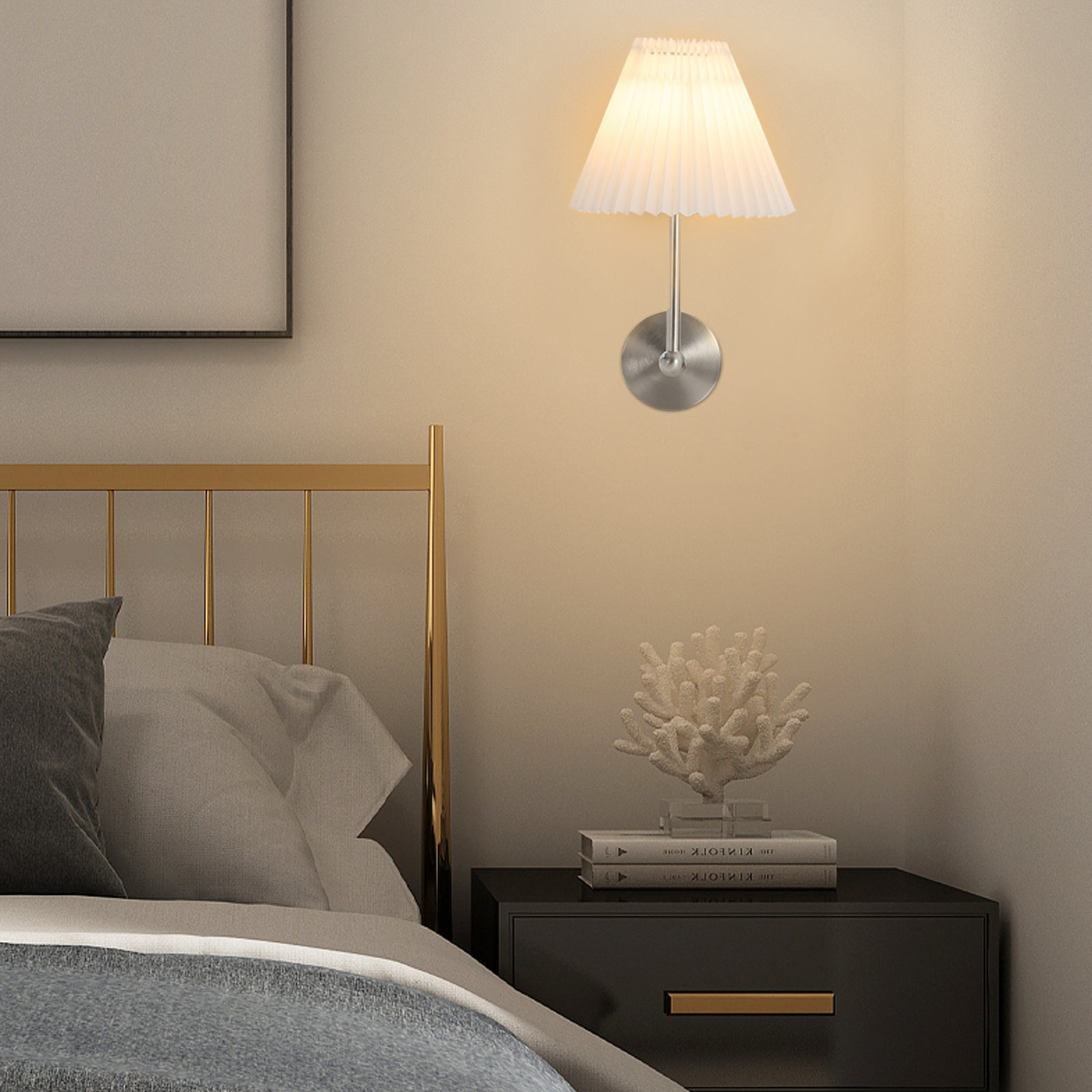When it comes to renovating your house or apartment, the kitchen is one of the most important areas to focus on. A well-designed kitchen not only enhances the look and feel of your living space but also increases its overall value. One way to improve the look of your kitchen is by installing a false ceiling. This article will discuss the benefits of false ceilings and some ideas to help you create an aesthetic design.
What is a False Ceiling?
A false ceiling, also known as a drop ceiling or suspended ceiling, is a secondary ceiling that hangs below the main ceiling. It is typically made of plasterboard or gypsum board, and can be designed to suit various styles and shapes. False ceilings are particularly useful in kitchens because they can help to hide unsightly pipes or wires while providing additional insulation and soundproofing.
Benefits of False Ceilings in Kitchens
There are several reasons why installing a false ceiling in your kitchen can be a good idea:
1. Enhanced Aesthetics
False ceilings come in a variety of styles, colors, and patterns, making it easy for you to create a unique and attractive design that complements your kitchen decor. Some popular designs for kitchen false ceilings include modern and minimalist options such as flat, smooth surfaces and concealed lighting fixtures.
2. Improved Lighting
Installing lighting within the false ceiling can provide better ambient lighting than overhead fixtures alone. It can also create a more comfortable atmosphere in the kitchen by diffusing harsh light and reducing glare.
3. Better Acoustics
The insulation provided by the false ceiling helps to reduce noise transfer between the kitchen and other areas of the home. This can be particularly useful if your kitchen is close to bedrooms or living rooms.
4. Concealed Wiring and Pipes
A false ceiling can be used to hide unsightly wiring and pipes, giving your kitchen a cleaner and more professional appearance. This is particularly useful if you have an exposed ductwork or plumbing.
Design Ideas for False Ceilings in Kitchens
If you’re considering installing a false ceiling in your kitchen, here are some design ideas to inspire you:
1. Recessed Lighting
Recessed lighting fixtures can be installed within the false ceiling to create a luxurious ambiance. The lighting source can be either warm or cool and can be controlled using a dimmer switch. Recessed lights can also highlight specific areas of your kitchen, such as countertops or cabinets.
2. Coffered Ceilings
A coffered ceiling is a false ceiling design that resembles a series of sunken squares or rectangles. These squares can be left empty, painted, or filled with lighting fixtures. Coffered ceilings can add depth to your kitchen and break up an otherwise monotonous ceiling design.
3. Tray Ceilings
A tray ceiling is a false ceiling design that creates a recessed border around the perimeter of the ceiling. This design can add architectural interest to your kitchen and can be used to create a sense of depth or height. Tray ceilings can be simple or elaborate, depending on the size of the kitchen and your personal taste.
4. Concealed Lighting
Concealed lighting is a contemporary approach to kitchen false ceilings. Lighting fixtures can be installed within the false ceiling to create a secretive and subtle decoration. These concealed lights can be controlled with a variety of technologies such as remote controls, mobile apps and voice-activated devices.
A well-designed false ceiling is a worthwhile investment for any kitchen renovation project. It can enhance the look of your kitchen, improve lighting and acoustics while also hiding unsightly wiring and pipes. With the variety of styles and designs to choose from, you can create an extraordinary aesthetic appeal in your kitchen that will be functional and long-lasting.

















